Sisan Lee's furniture shows traces of its manufacturing
Sisan Lee's latest furniture purposefully draws attention to the marks and scars created through metalwork, on display at Tribeca design platform Trnk (until 31 March 2024)
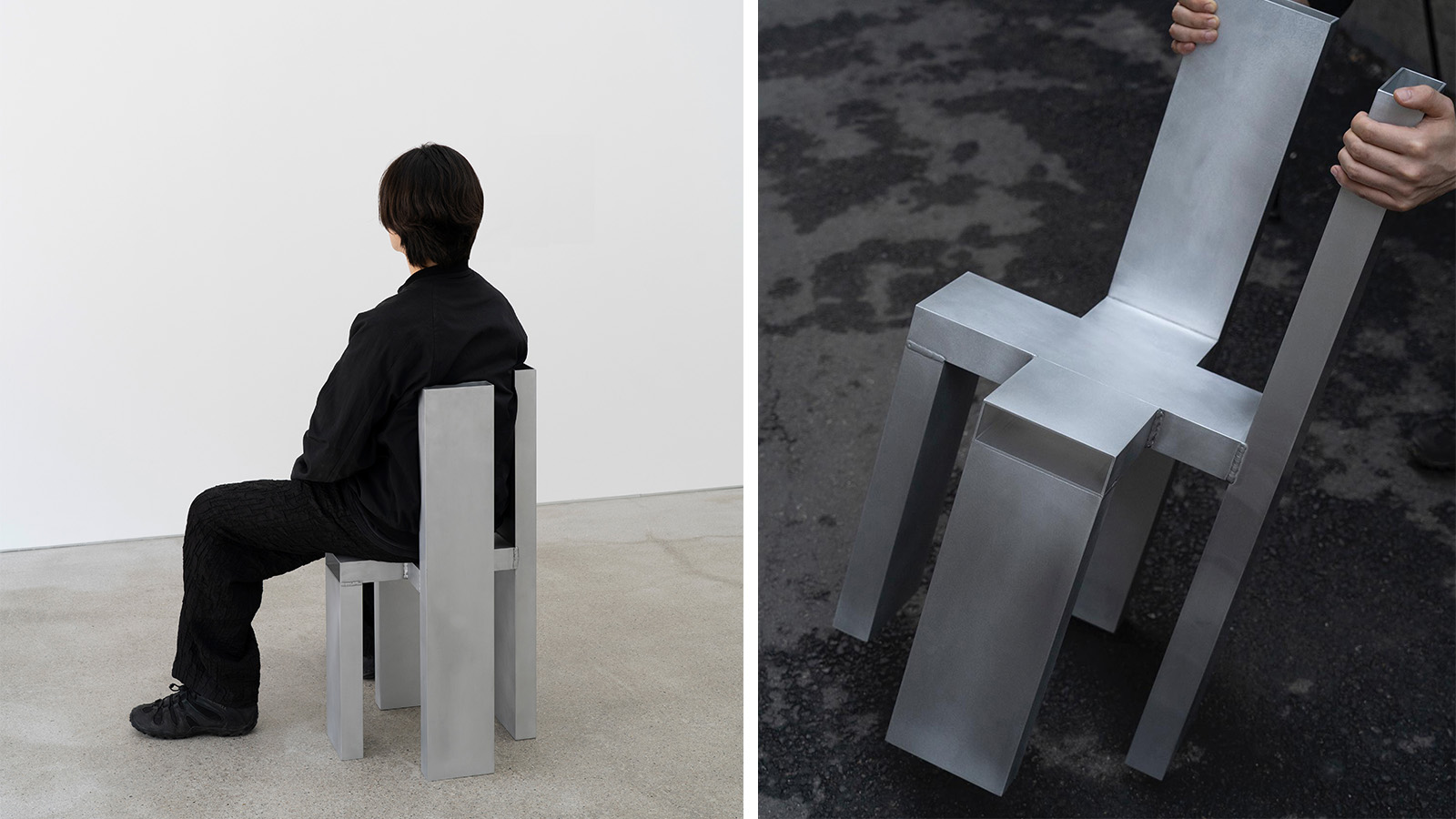
Korean artist and interior designer Sisan Lee is known for amalgamating natural forms with industrial, fabricated metal elements, an approach he has had for several years now. His earlier works comprise stainless sheets arranged around rough stones, or items cast from tree stumps and branches, resulting in functional sculptures that juxtapose nature and artificiality; Neolithic and contemporary.
For his latest exhibition, titled X, Lee has leant fully into the industrial side of his practice, removing the boulders and logs, and instead focusing fully on metalwork and the intriguing results obtained as a result of different manufacturing techniques. 'Elements or phenomena occurring in the surrounding industrial process were explored, and the natural appearance of the industry was captured and expressed as works of various things such as furniture and objects,' said Lee, who worked with Tariq Dixon of design studio and curatorial platform Trnk on the collection.
Sisan Lee presents 'X' at
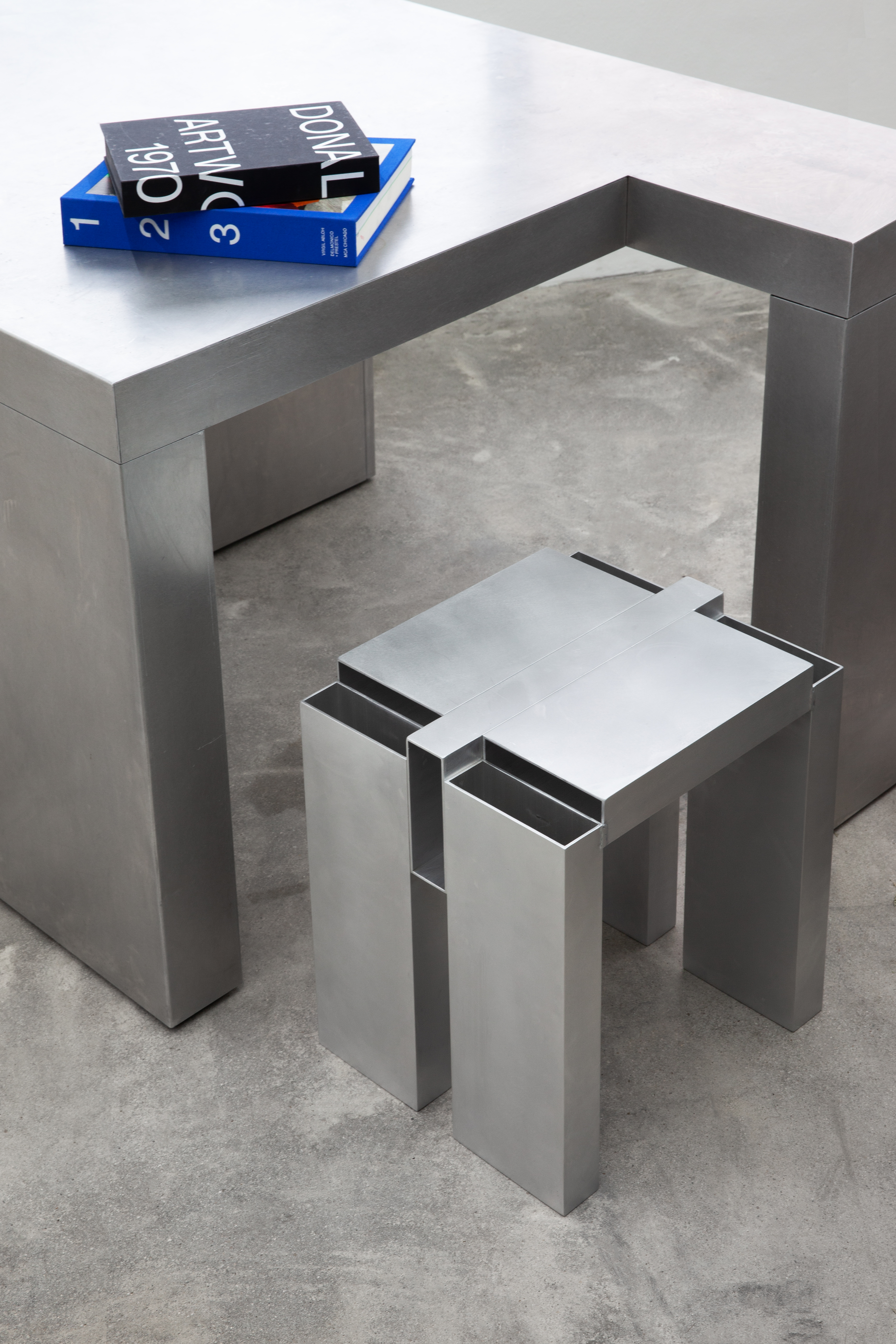
Commonly available materials like raw steel plates and square pipes are combined into various arrangements, and importantly, their joints are expressed overtly and celebrated aesthetically, 'rather than destroying or concealing them,' as would typically be approached for consumer products, Lee explained.

Pipes of various sizes are connected or intersected to highlight the characteristics of each material, forming a collection of furniture that includes various scales and uses. The designs are simple and geometric, helping to draw attention to the way they’re put together. They include a stool that stacks into a shelving unit, a chair with an X-shaped seat and two tall backrest elements, and L-shaped tables and low platforms with herringbone-patterned tops, which slot together to create rectangular pieces.

On the I Stools, the bulbous welding joints between elements that would typically be sanded down are left raised to show how the pieces were fused. Where he has sanded the welds, across blackened mild steel X chairs and Uncover wall panels, Lee has similarly made no attempt to cover the scratch marks on the furniture, instead leaving these silver scars as decorative elements. His L Tables in aluminium, which the designer describes as a weak metal, also show-off the scores and dents that occur during their assembly.
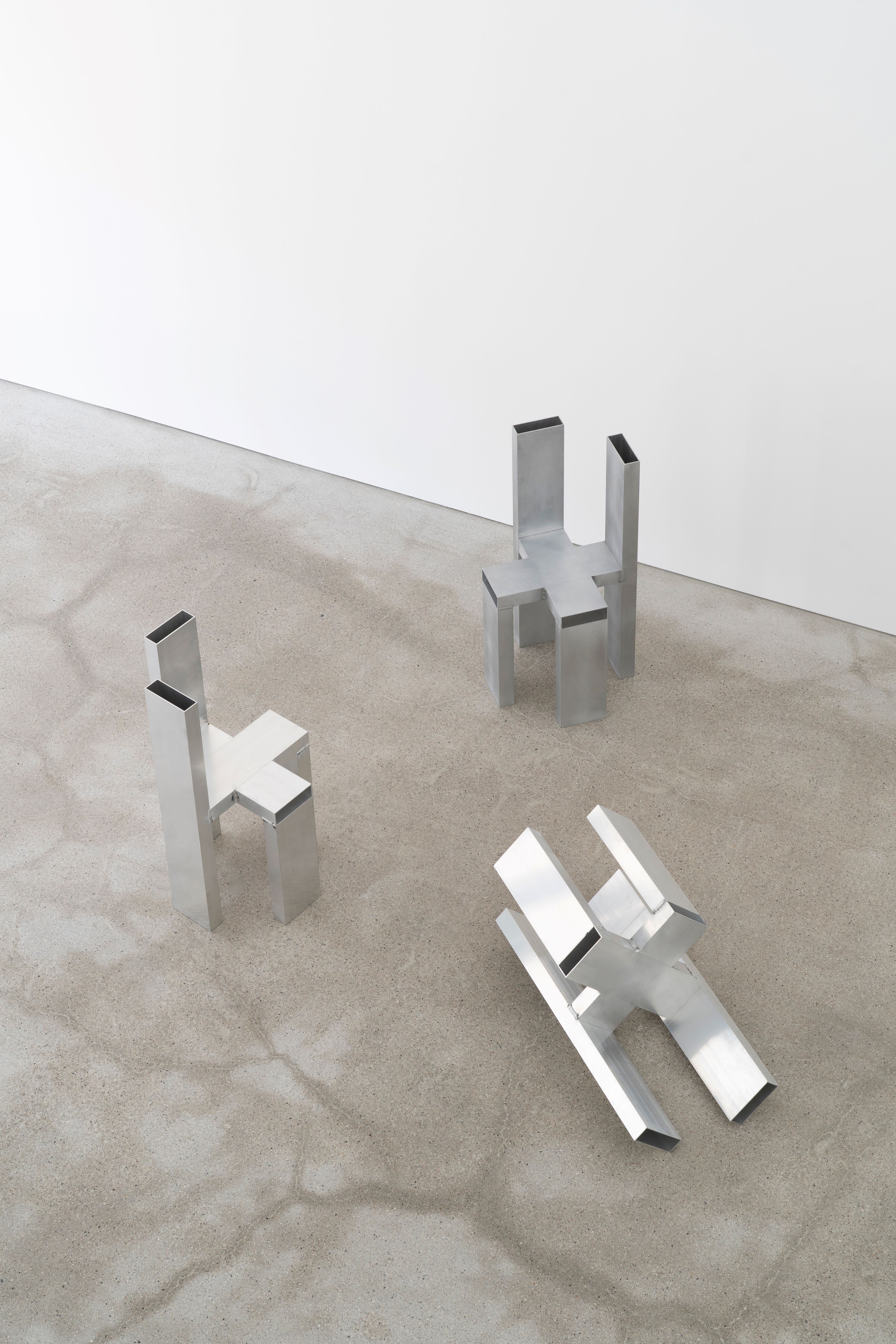
Other items include vessels and trivets built up from multiple square tubes of shiny stainless steel. Heating the metal to temperatures high enough to join the parts results in oil-like dispersions of colours across their surfaces, which Lee has also intentionally highlighted. All have been produced in a limited run and feature unique markings.
Each of the traces of manufacture across the collection 'are material representations that distinguish the difference between design and art beyond the results of aesthetic expressions, and they are also traces that the artist has agonised over,' Lee said.
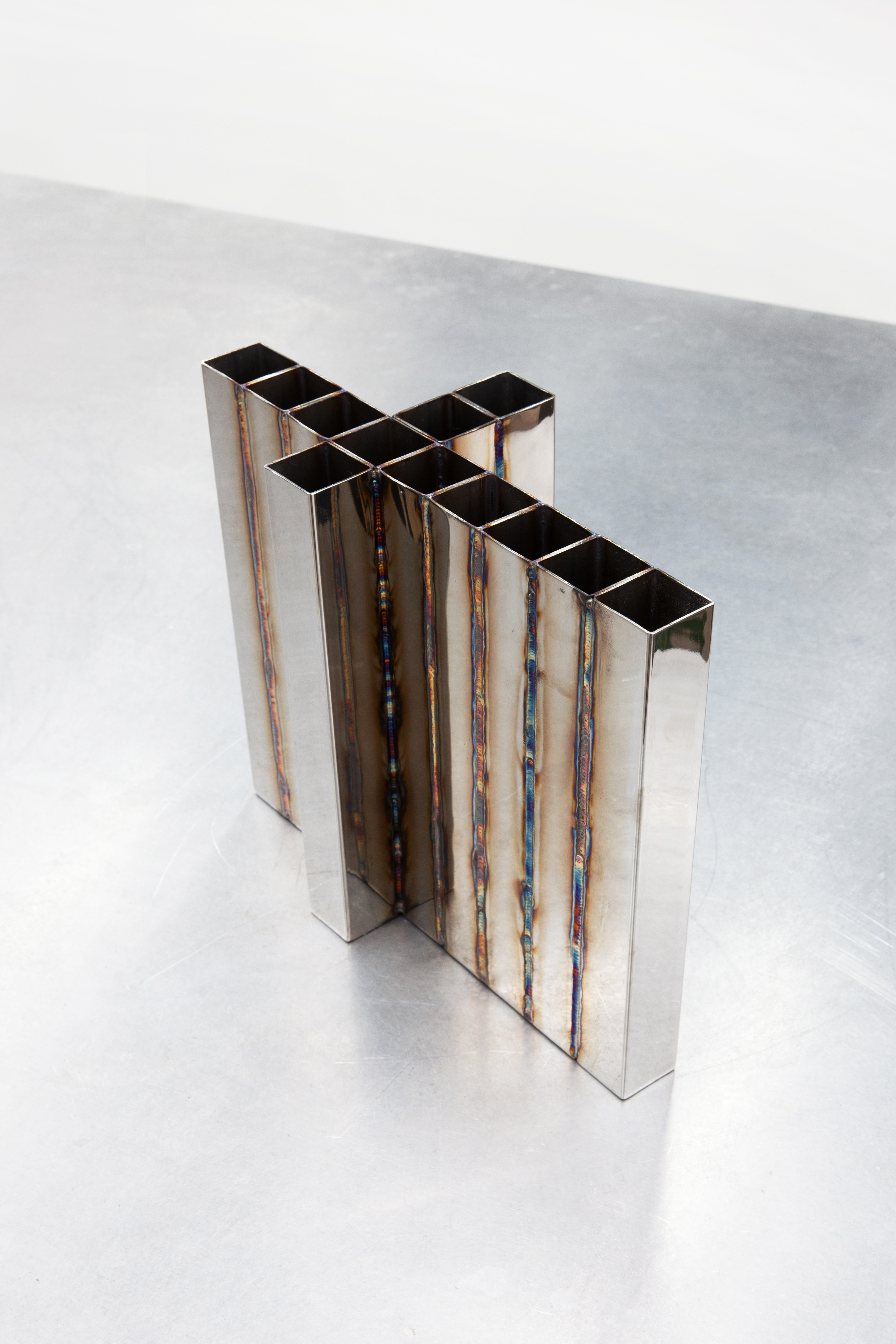
This development in his practice has allowed Lee to consider some of the intricacies that define the two disciplines he straddles: 'I have been thinking about the gap between art and design, between the artist and the interior designer, but I couldn't find a clear answer to it,' he revealed. 'I think the process of finding contact points while preparing for the exhibition itself was very meaningful, and it was good to show people a new side of me.'
Receive our daily digest of inspiration, escapism and design stories from around the world direct to your inbox.
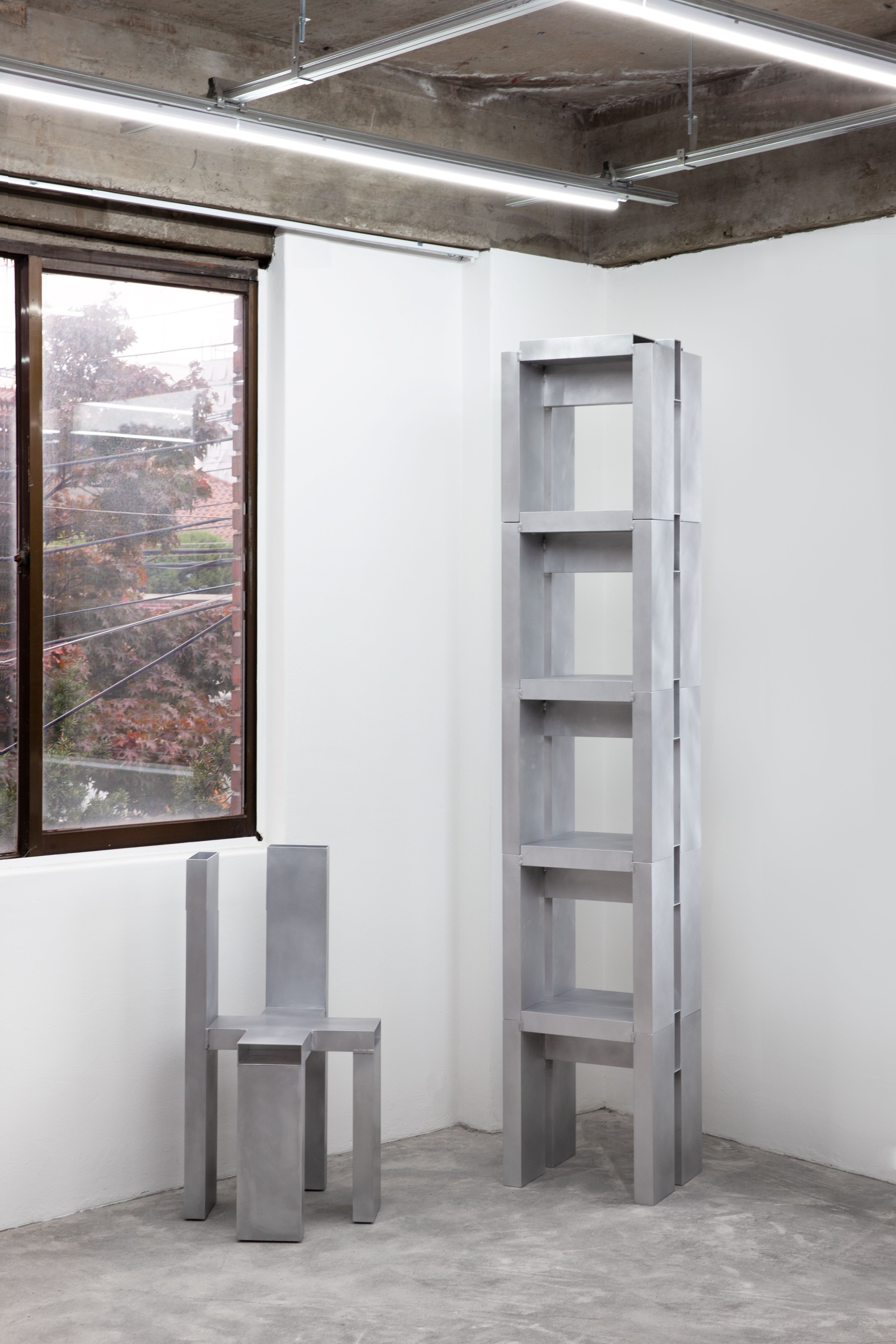
It’s fitting that the exhibition was conceived in collaboration with Trnk, the curatorial platform that initially discovered Lee shortly after he graduated and became the first US retailer to sell his work. This continuing relationship and support has helped to refine Lee’s work, he said, and his interior design studio, Practice, is currently working on a series of products in a wider range of materials, which will also be available exclusively through Trnk in the near future.
X runs until 31 March 2024 at Trnk, 18 Jay Street, New York
Dan Howarth is a British design and lifestyle writer, editor, and consultant based in New York City. He works as an editorial, branding, and communications advisor for creative companies, with past and current clients including Kelly Wearstler, Condé Nast, and BMW Group, and he regularly writes for titles including Architectural Digest, Interior Design, Sight Unseen, and Dezeen, where he previously oversaw the online magazine’s U.S. operations. Dan has contributed to design books The House of Glam (Gestalten, 2019), Carpenters Workshop Gallery (Rizzoli, 2018), and Magdalena Keck: Pied-À-Terre (Glitterati, 2017). His writing has also featured in publications such as Departures, Farfetch, FastCompany, The Independent, and Cultured, and he curated a digital exhibition for Google Cultural Institute in 2017.
-
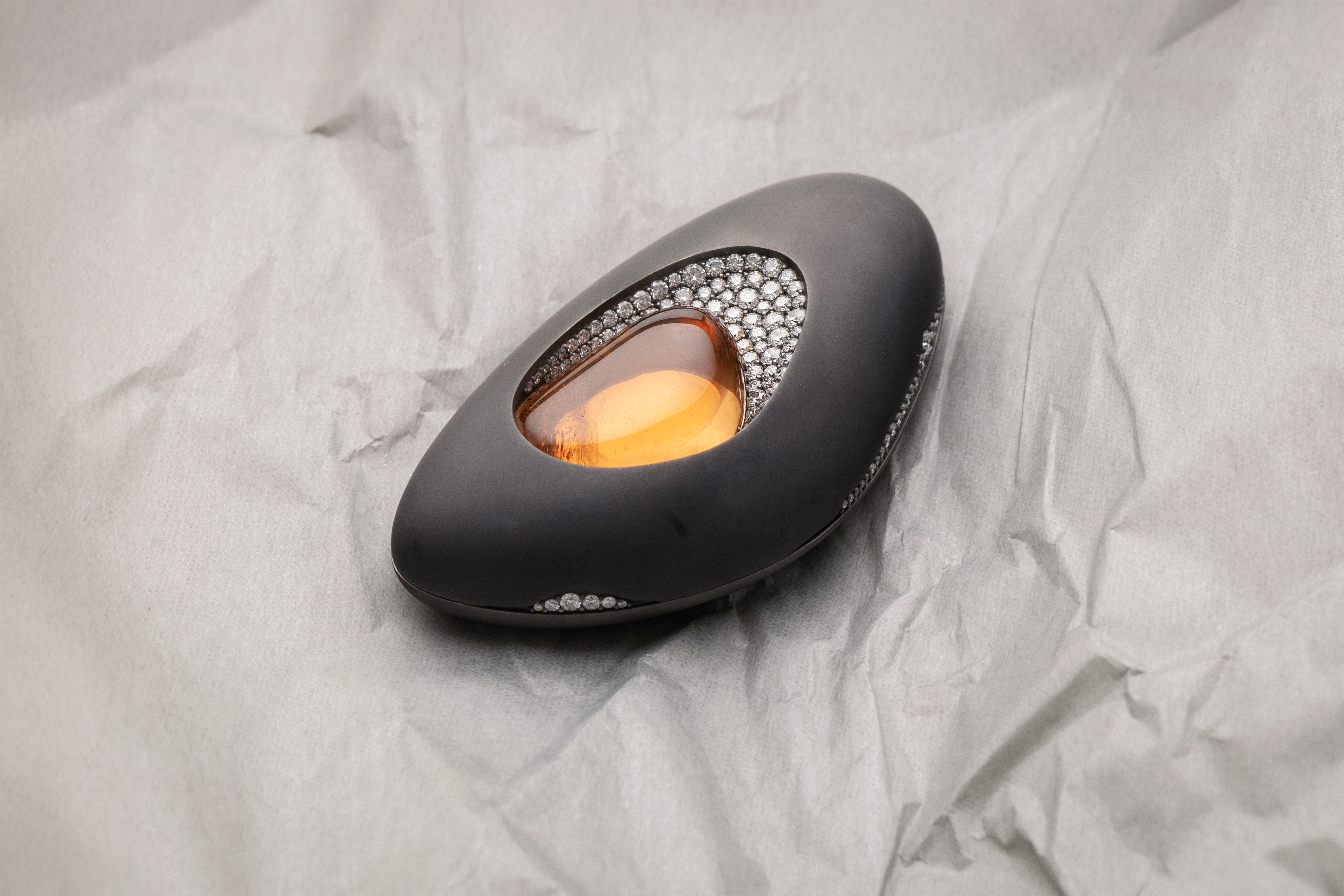 Discover the cool and offbeat designs of jeweller Inesa Kovalova
Discover the cool and offbeat designs of jeweller Inesa KovalovaInesa Kovalova's jewellery celebrates a mix of mediums and materials
-
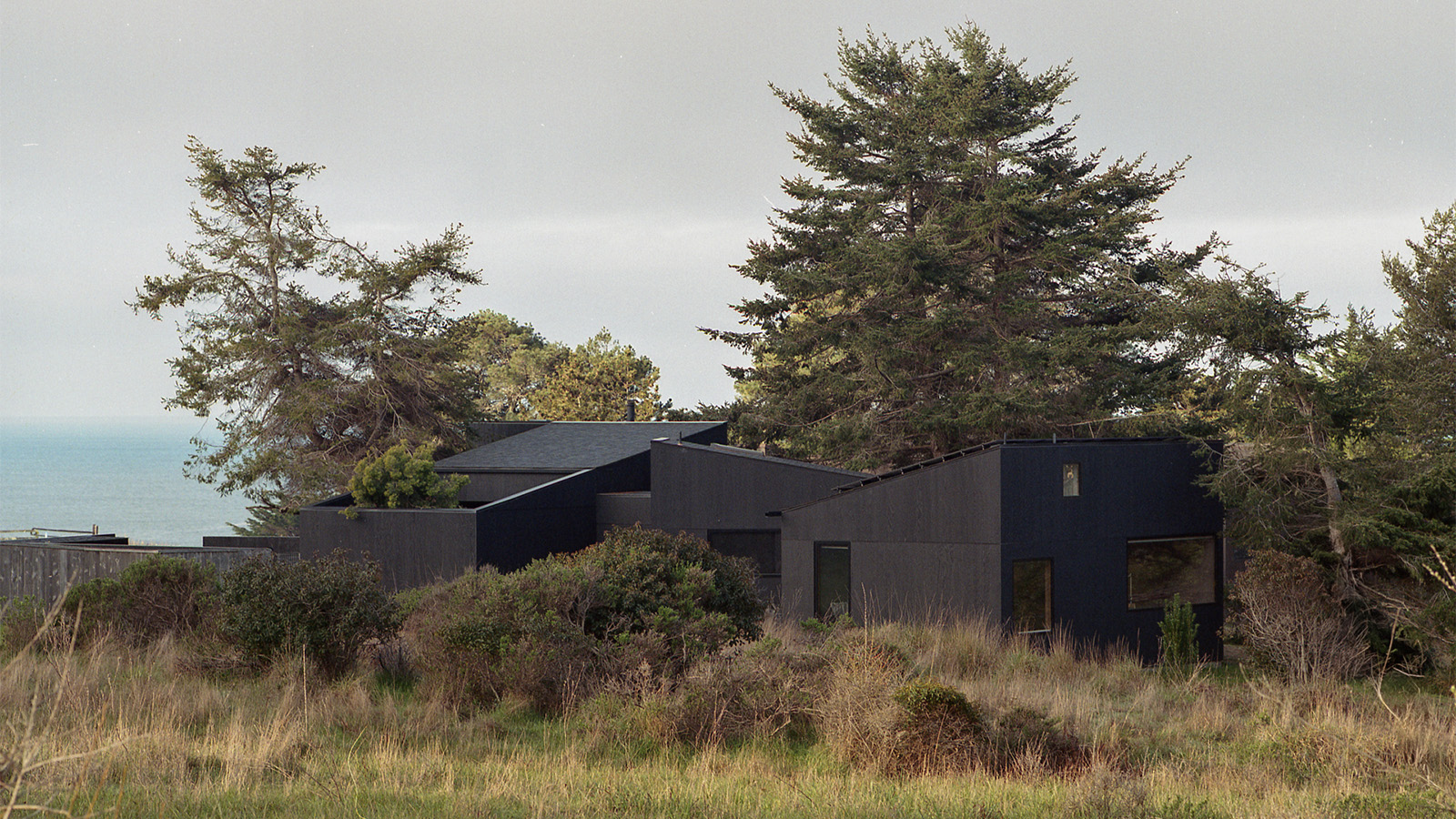 A group of friends built this California coastal home, rooted in nature and modern design
A group of friends built this California coastal home, rooted in nature and modern designNestled in the Sea Ranch community, a new coastal home, The House of Four Ecologies, is designed to be shared between friends, with each room offering expansive, intricate vistas
-
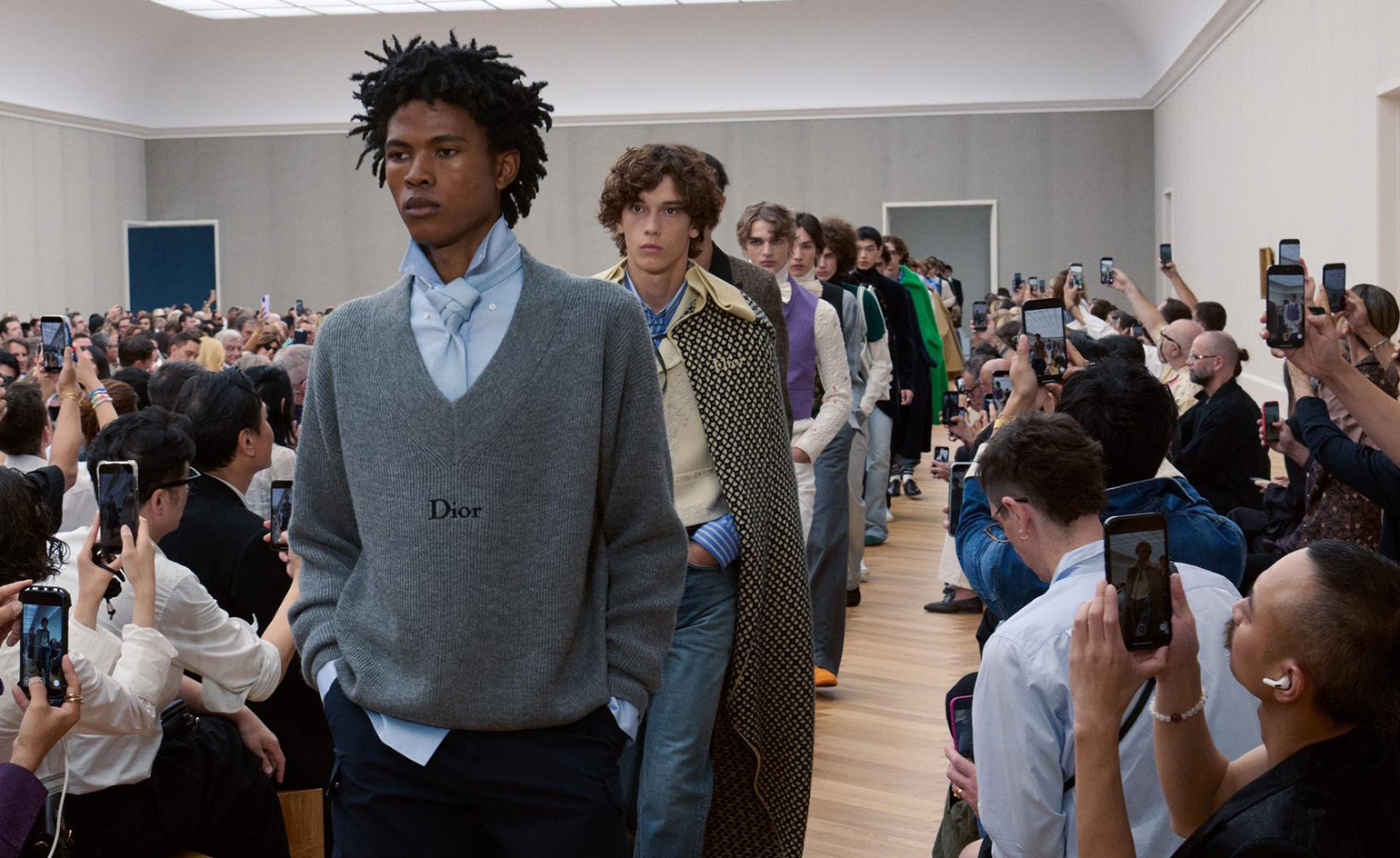 Men’s Fashion Week A/W 2026 is almost here. Here’s what to expect
Men’s Fashion Week A/W 2026 is almost here. Here’s what to expectFrom this season’s roster of Pitti Uomo guest designers to Jonathan Anderson’s sophomore men’s collection at Dior – as well as Véronique Nichanian’s Hermès swansong – everything to look out for at Men’s Fashion Week A/W 2026